The space you are about to enter represents a 4000 square kilometre labyrinth of deep canyons of the Makay massif in the West of Madagascar.
Madagascar biotopes
Mangrove forests grow at the interface between sea and land, in the intertidal zone. The trees with their roots and branches create their own world with unique conditions for reproduction and life for many species of animals.
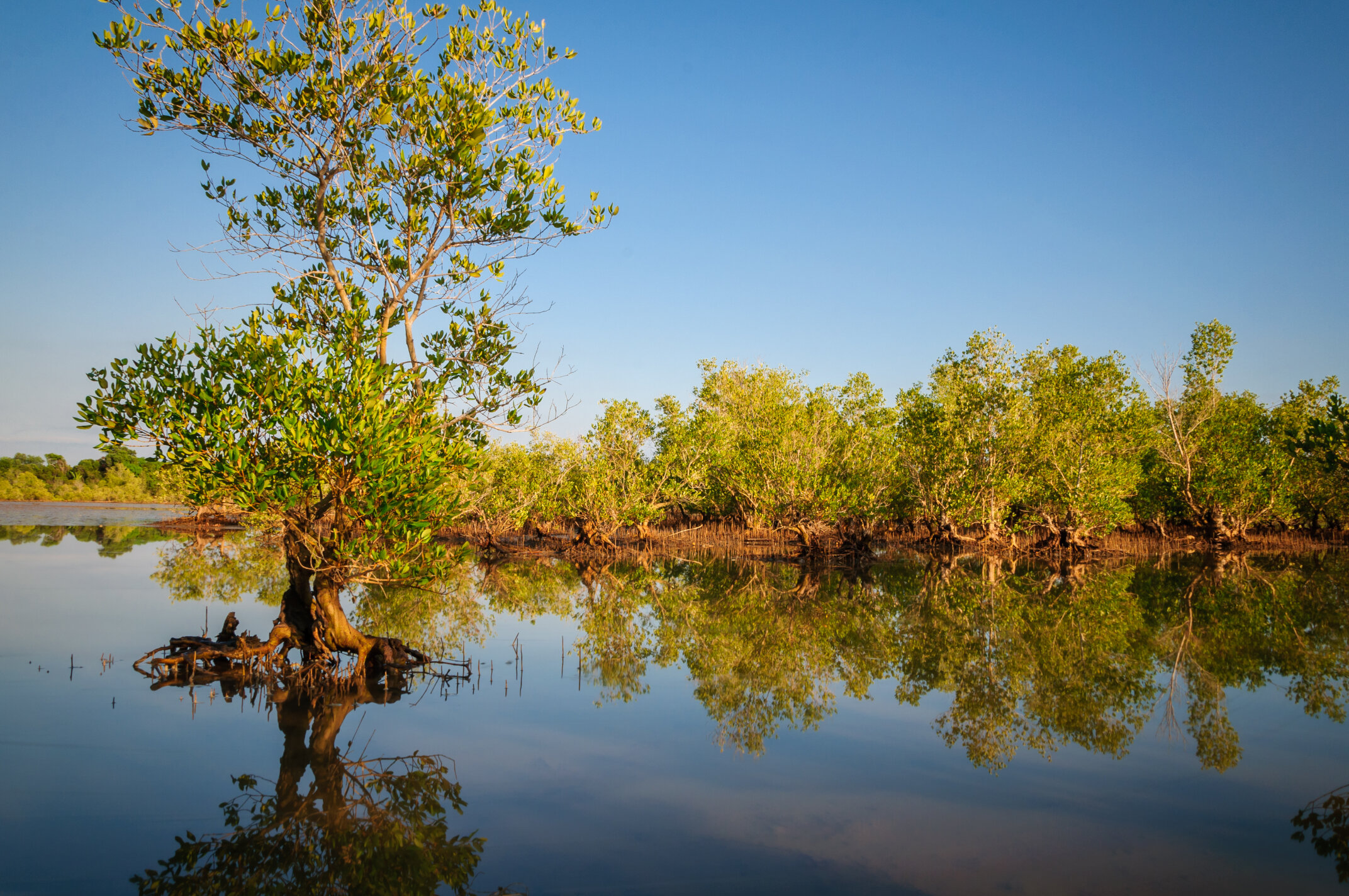
The forests of the eastern lowlands and central highlands trap moisture brought by monsoon rains.
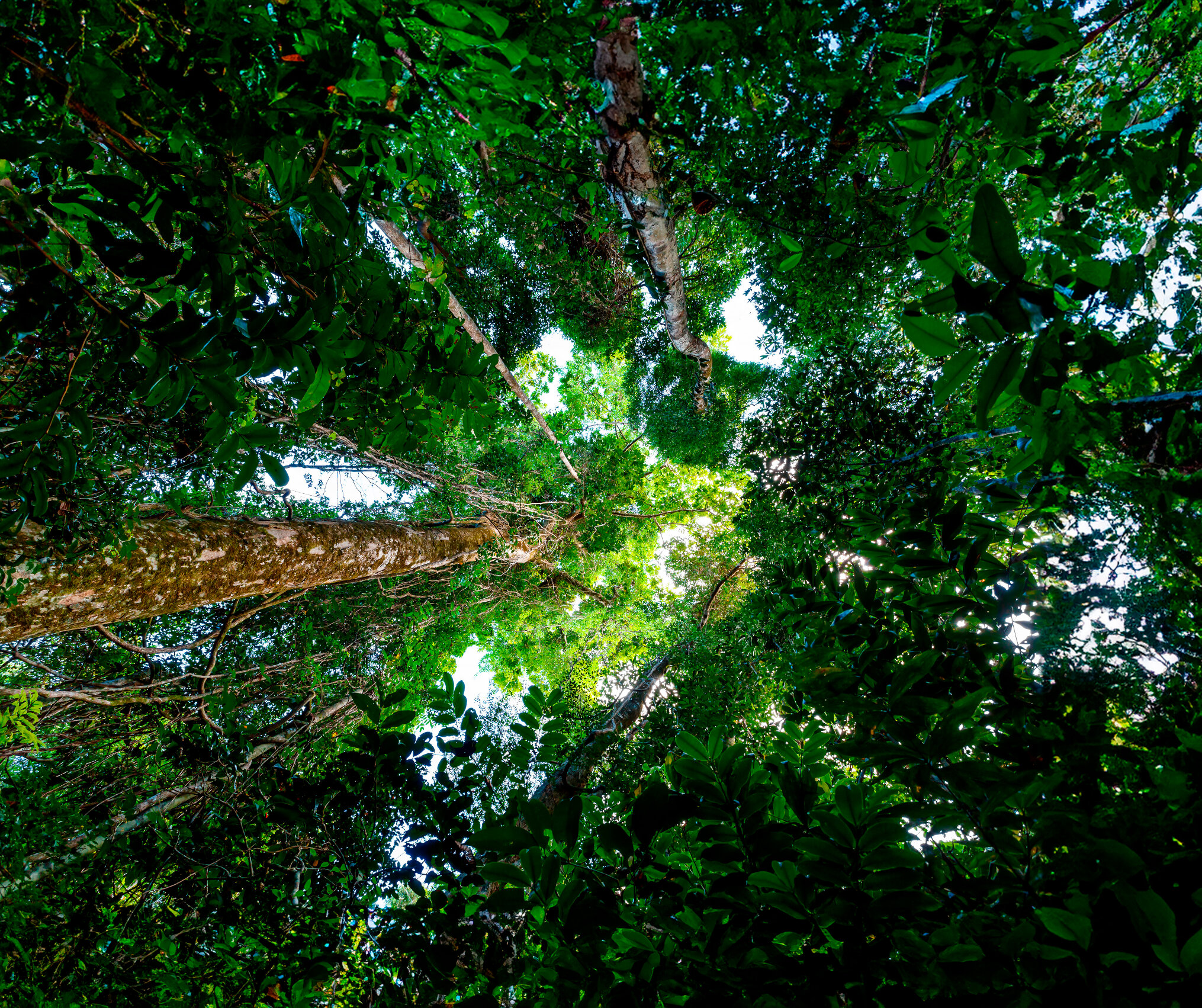
The native forests of western Madagascar survive long periods of drought through adaptations such as leaf shedding and the ability to retain large amounts of water.
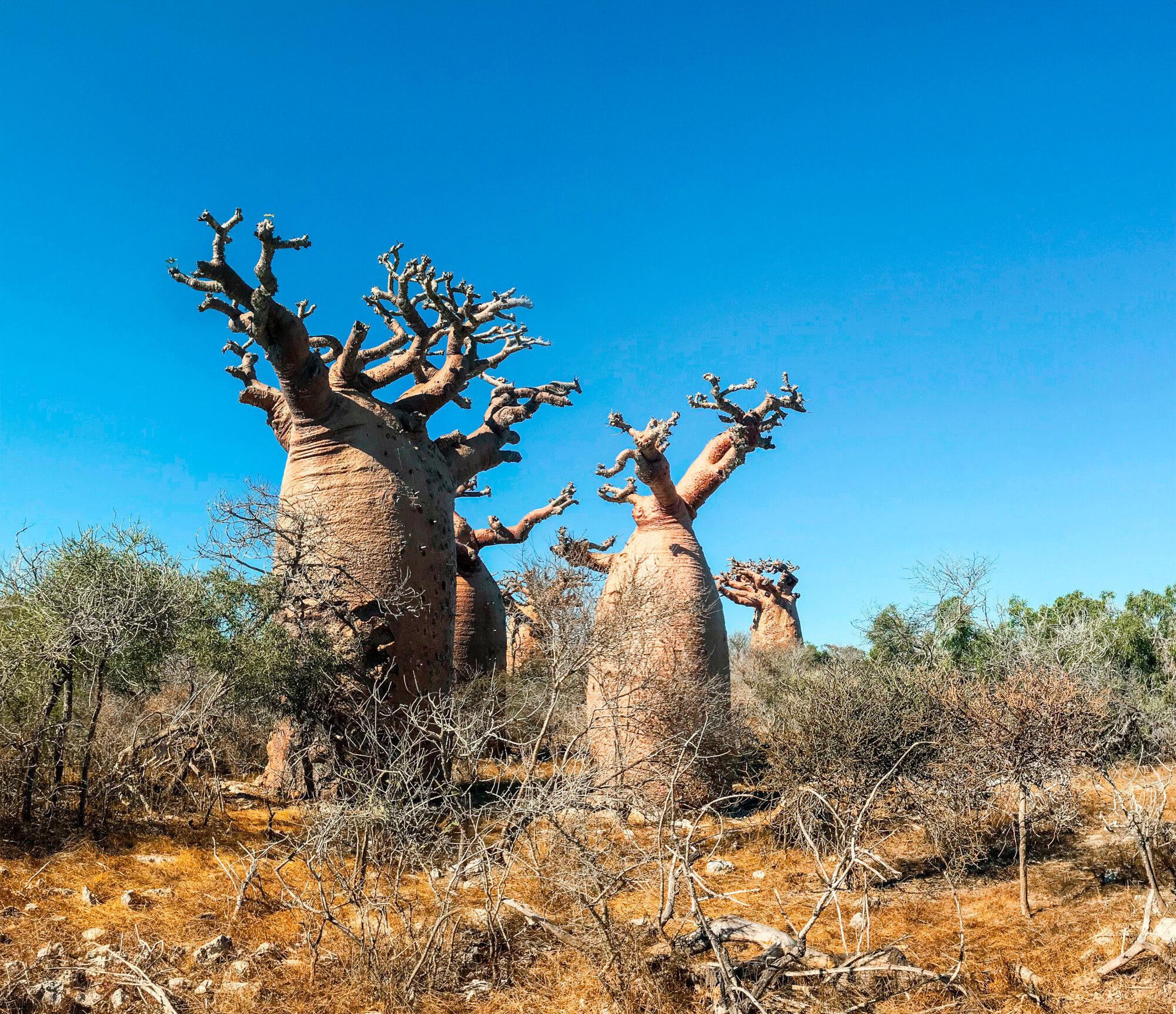
Madagascar's thorn scrub grows in an area where monsoon rains are rare.
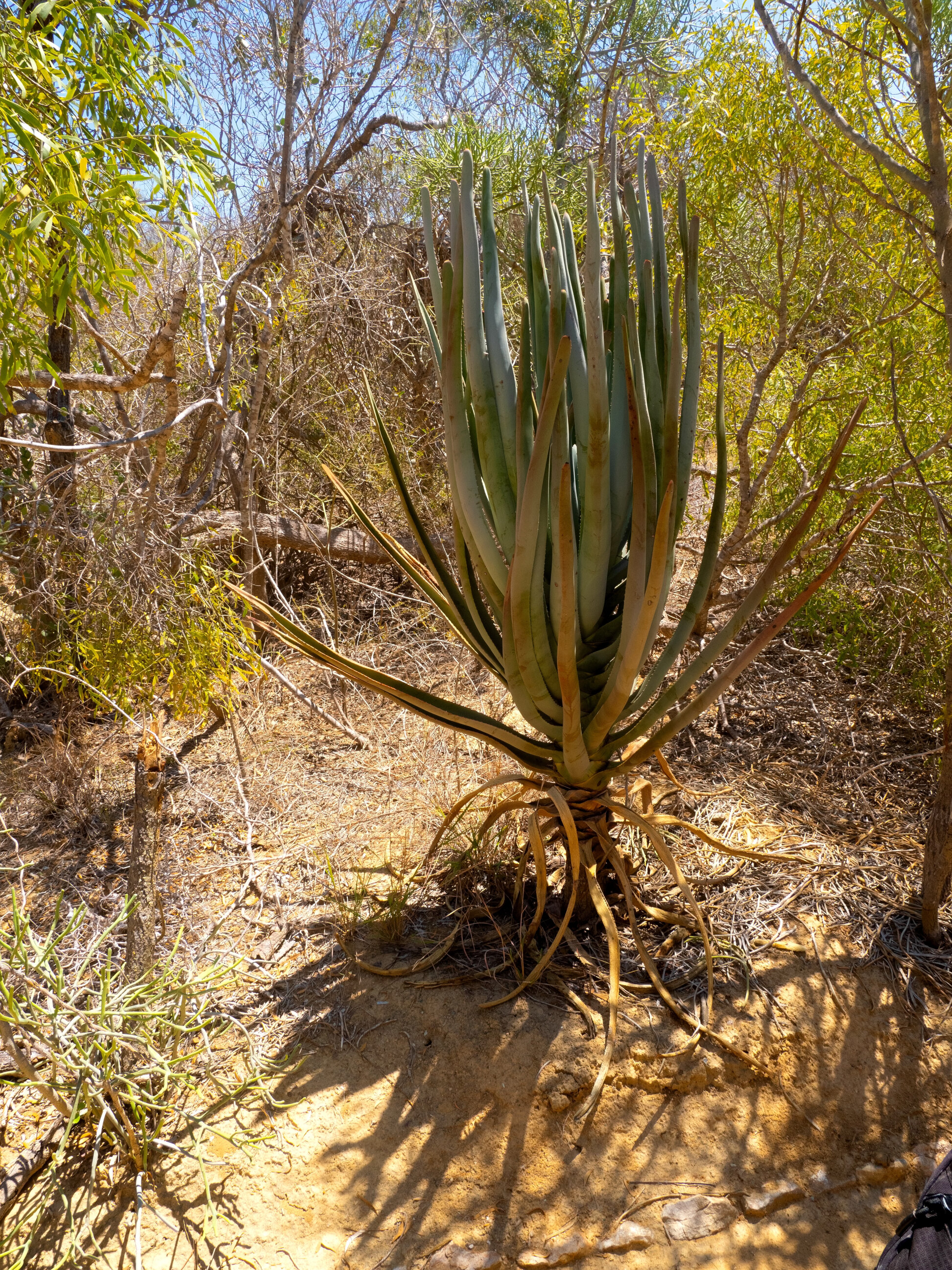
A small tortoise in big trouble - spider tortoise
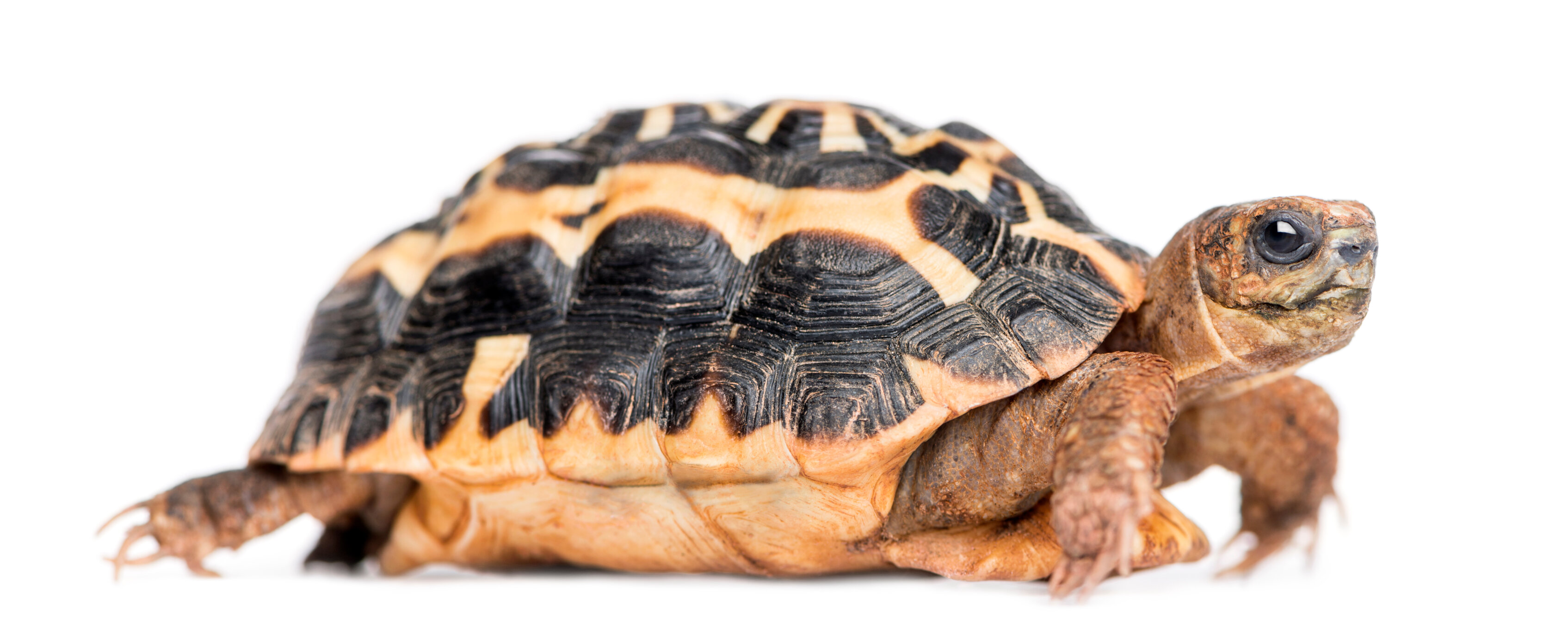
CAPTURE AND HUNTING FOR BREEDING AND MEAT
For hundreds of thousands of years, turtles used their shells as a defence against predators, until man came along with his desire to possess and ability to carry off the turtle and its shell.
BURNING
Areas for growing crops or grazing cattle are obtained, not only in Madagascar, by clearing and burning native forests and scrubland. The newly created plant communities are usually uninhabitable for tortoises, and many are killed by the fires themselves.
SLOW REPRODUCTION
Only one egg can fit into the small body of a spider tortoise
ECCESSIVE GRAZING
Too many cows, sheep and goats disturb the cohesion of the soil and its ability to
to retain water. The pastures are then unsuitable for turtles, but ultimately do not support cattle either.
 Safari Park Dvůr Králové
Safari Park Dvůr Králové
